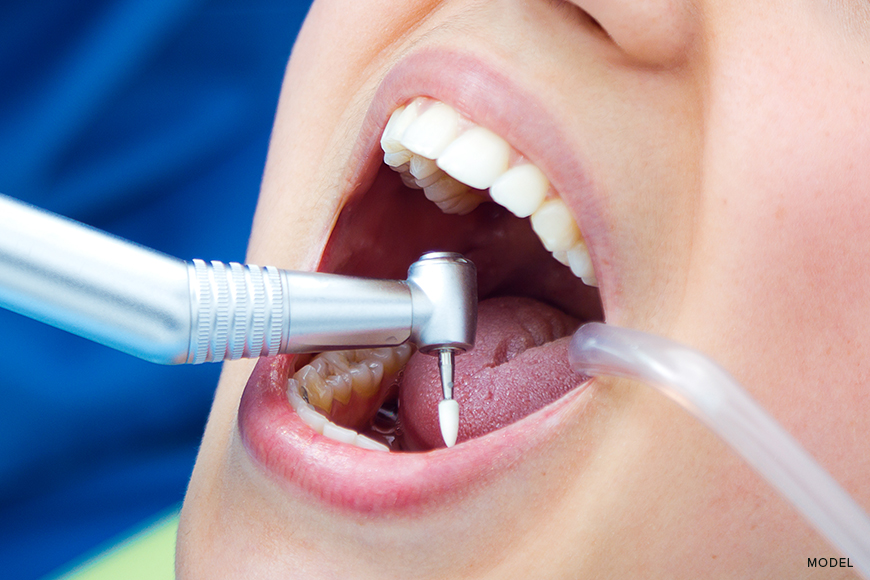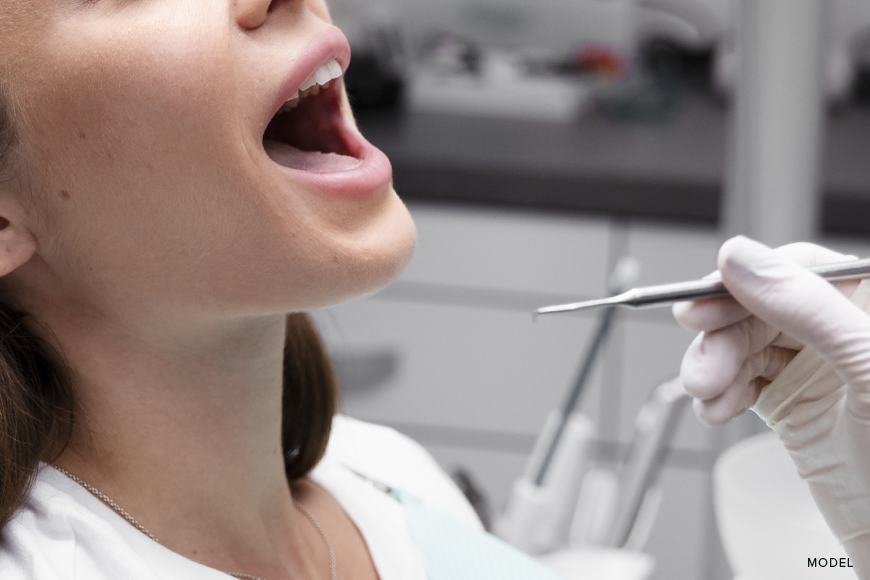If you’re considering dental implants, you may have heard about a procedure called a sinus lift. This surgical procedure is designed to increase the amount of bone in the upper jaw, making it easier to place dental implants. In this article, we’ll dive deep into the topic of sinus lift for dental implants, covering everything you need to know before undergoing the procedure.
What is a Sinus Lift?
A sinus lift, also known as sinus augmentation, provides a solid foundation for dental implants, especially when there is insufficient bone support due to bone loss.
When is a Sinus Lift Needed?
A sinus lift is typically recommended in the following situations:
- Insufficient bone height in the upper jaw: If the bone in the upper jaw is not tall enough to support dental implants, a sinus lift may be necessary.
- Proximity of sinuses to the jaw: When the sinuses are too close to the jaw, there may not be enough space to place dental implants without disturbing the sinuses.
- Bone loss in the upper jaw: Bone loss can occur due to periodontal gum disease, tooth loss in the upper jaw, or reabsorption of bone after tooth loss.
The Sinus Lift Procedure
Before undergoing a sinus lift, your dental professional will evaluate your oral health and determine the best approach for your specific case. Here’s an overview of the sinus lift procedure:
- Pre-surgery preparation: Your dental professional will conduct a thorough examination, which may include X-rays or CT scans to assess the condition of your jawbone and sinuses.
- Anesthesia: Local or general anesthesia will be used.
- Incision: The surgeon will make a small incision in the gum tissue near the area where the implant will be placed. This exposes the underlying bone and provides access to the sinus cavity.
- Accessing the sinus cavity: Once the incision is made, the surgeon will carefully lift the sinus membrane, which separates the sinus cavity from the jawbone. This allows access to the sinus cavity and creates space for the bone graft.
- Bone graft placement: The surgeon will then place the bone graft material into the space created. The bone graft material can be sourced from your own body (autogenous bone graft), a donor (allograft), or synthetic materials (alloplastic graft). The choice of bone graft material will depend on your specific case and will be determined by your dental professional.
- Closing the incision: After the bone graft material is placed, the surgeon will close the incision with stitches. This helps to secure the graft material and promote proper healing.
- Healing and integration: Over time, the bone graft will integrate with the existing bone in the jaw, creating a solid foundation for the dental implant. This process, known as osseointegration, typically takes several months.
- Follow-up appointments: Throughout the healing process, you will have regular follow-up appointments with your dental professional to monitor your progress and ensure that the bone graft is integrating successfully.
- Dental implant placement: Once the bone graft has fully integrated and healed, your dental professional will schedule a second procedure to place the dental implant into the jawbone. This step completes the process of restoring your missing tooth or teeth.
- Final restoration: After the dental implant is placed, a healing period is typically allowed for the implant to fuse with the jawbone. Once this integration is complete, a custom-made dental crown or prosthetic tooth can be attached to the implant, providing a natural-looking and functional replacement for your missing tooth.
Take the first step towards a brighter future by booking your consultation with Madison Dentistry today. Our friendly team is ready to assist you on your dental implant journey and provide the highest level of care. Call us now and let us help you regain your smile!





